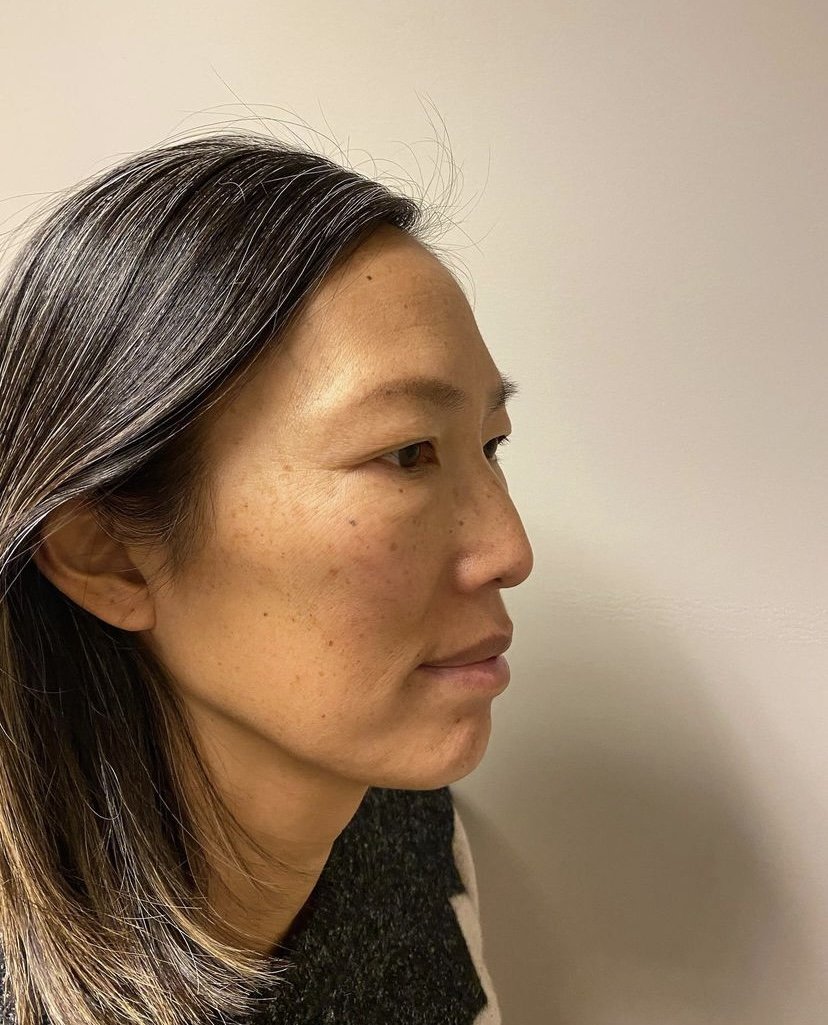After a powerful journey through cancer treatment and healing, I’ve re-evaluated how I want to serve my patients moving forward. My focus is now on deeper, more personalized care — blending functional medicine, acupuncture, and longevity practices. To honor this shift and give each patient more time and presence, I will be reducing the number of people I see and working outside of the insurance model. I’ve created several options so you can continue to get the support you need, whether it’s with me or one of my trusted colleagues.
Melinda has created three tiers of care for you to receive the support you need.
Tier ONE - (Acupuncture)
This tier ensures accessible, high-quality care with our trusted acupuncture team, for acupuncture services covered by insurance or out of pocket rate.
Who it’s for: Patients who want excellent acupuncture care and prefer to use insurance or just need acupuncture services.
Care Team: Dr. Ashley Martinelli, DACM & LAc, Dr. Holly DeWitt, LAc
Includes:
Standard acupuncture sessions (60-90 minutes)
Insurance-billed (in-network or Superbills)
Follow-up care based on need
Rates:
Insurance or cash pay ($150 New Patient / $100 Follow Up)
Packages save you 5% off the out of pocket rate (not for insurance billing or submitting)
Payment due at time of appointment.
Appointments available online or by calling the front desk.
Tier TWO - Rooted Functional Wellness
Precision Integrative Sessions
(Acupuncture + Functional Medicine)
This tier offers the space and depth for deeper healing. It is ideal for patients ready to move beyond symptom management and into personalized, integrative medicine.
Who it’s for: Patients seeking more time, personalized attention, and advanced integrative/longevity care. Functional medicine in combo with acupuncture and all the tools available.
Care Team: Melinda Choy, LAc & C-WIFM
Includes:
90-minute new patient 1:1 sessions (Functional Medicine + Acupuncture)
60-min follow up patient 1:1 (FM + Acupuncture as needed)
Comprehensive lifestyle, nutrition, and medical history review
Lab testing (blood work, DUTCH, GI-MAP, etc.) additional cost for labs
Lab results reviewed + interpreted
Personalized protocols + supplement plans
Time for true root-cause work
30 min quick touch-ins (consult only, no Acupuncture)
Telemedicine appointments available
5% discount on supplements through Fullscript
Superbills provided for acupuncture portion (Melinda will not be accepting insurance)
· Rates:
$300 New Patient (90-min session)
$190 Follow-Up (60-min session)
$95 30-min Quick Touch-ins (no acupuncture)
Payment due at the time of the appointment.
Appointments available online or by calling the front desk.
Tier THREE - Rooted Functional Wellness
Membership Program (6 Months)
Membership Program is a high-touch, personalized partnership to support your long-term health, vitality, and aging well. Space is limited to ensure depth and access.
Who it’s for: Patients looking for concierge-style, long-term care focused on longevity, performance, aesthetics, and prevention. Ideal patients are working through chronic conditions, fertility, perimenopause/menopause, healthy aging, or chronic gut issues.
Care Team: Melinda Choy, LAc & C-WIFM
What your membership Includes:
90-minute new patient 1:1 session (Functional Medicine + Acupuncture)
Bi-monthly (twice) 1:1 60-minute sessions (Functional Medicine + Acupuncture)
Comprehensive lifestyle, nutrition, and medical history review
Lab testing (blood work, DUTCH, GI-MAP, etc.) additional cost for labs
Lab results reviewed + interpreted
Personalized protocols + supplement plans
Time for true root-cause work
Telemedicine support during vacations (mine & yours)
Monthly group support, coaching, or wellness talks
Priority scheduling & direct messaging access with unlimited secure email support
TWO Infrared sauna sessions per month
Nutrition consultation session with meal plans
10% discount on supplements through Fullscript
Optional add-ons: 5% Discount Facial Rejuvenation Acupuncture or Microneedling sessions (with Melinda only)
Rates:
$3050 for 6 month membership
6 month commitment required
Deposit due of $1525 due at sign up, balance due at month 3.
To sign up, please call the front desk at (530)541-9355. LIMITED to TEN spots, available until they are filled. Membership comes with priority booking to insure you get the appointments you need.



























